The phone was launched on 2019, October 28, with a price of around About 240 EUR in Nepal. It runs on Android 9.0 (Pie), featuring a 6.59 inches touchscreen display, and has 64GB 4GB RAM, 128GB 4GB RAM, 128GB 6GB RAM. Phone is powered by a Li-Po 4000 mAh, non-removable battery, the device ensures ...
Display and Design
The phone sports a 6.59 inches, 106.6 cm2 (~84.3% screen-to-body ratio) touchscreen display with a resolution of 1080 x 2340 pixels, 19.5:9 ratio (~391 ppi density). With a IPS LCD screen, this device offers a smooth visual experience, available in color variants like Midnight Black, Sapphire Blue.
Performance, Storage, and Battery
The phone runs Android 9.0 (Pie), EMUI 9.1 and powered by a Kirin 710F (12 nm), Octa-core (4x2.2 GHz Cortex-A73 & 4x1.7 GHz Cortex-A53). Equipped with 64GB 4GB RAM, 128GB 4GB RAM, 128GB 6GB RAM and internal storage, the phone weighs 196.8 g (6.95 oz) and measures 163.5 x 77.3 x 8.8 mm (6.44 x 3.04 x 0.35 in). It also houses a robust Li-Po 4000 mAh, non-removable battery for extensive usage.
Camera
The rear camera setup includes a 48 MP, f/1.8, 27mm (wide), 1/2.0", 0.8µm, PDAF 8 MP, f/2.4, 13mm (ultrawide) 2 MP, f/2.4, (depth) and It supports 1080p@30/60fps video recording. For selfies, the device includes a Motorized pop-up 16 MP, f/2.2, 26mm (wide), 1/3.06", 1.0µm front camera, also supporting 1080p@60fps video recording.
Honor 9X Connectivity and Sensors
The Honor 9X offers connectivity options like Wi-Fi, GPS, Bluetooth 4.2, A2DP, LE, USB with USB Type-C 2.0, and HSPA 42.2/5.76 Mbps, LTE (2CA) Cat6 400/50 Mbps. It supports Nano-SIM + Nano-SIM and includes sensors like Fingerprint (rear-mounted), accelerometer, gyro, proximity, compass.

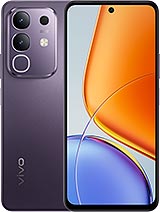
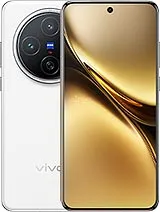





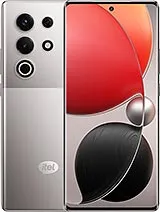
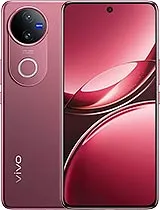

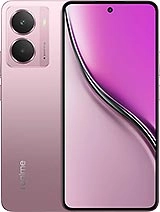
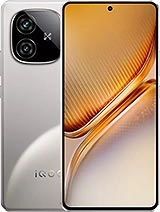


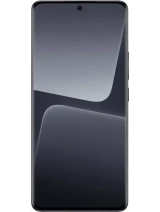


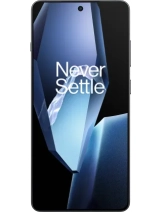


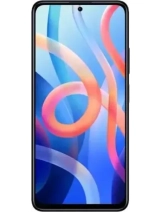


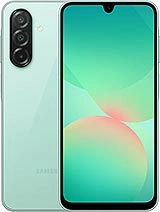

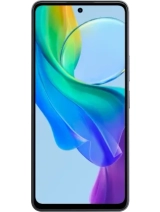
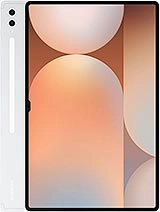


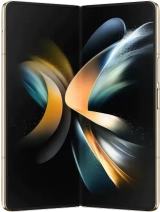
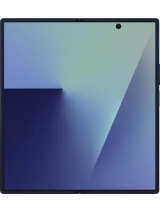
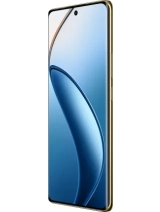
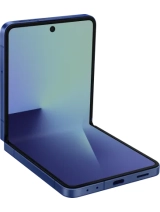

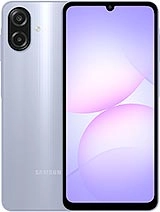
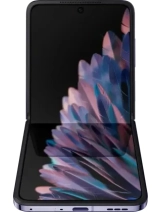




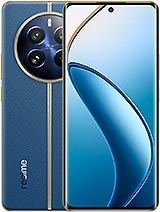

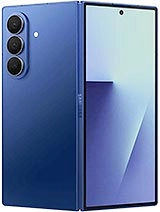

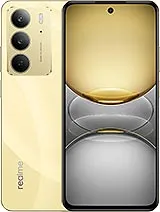

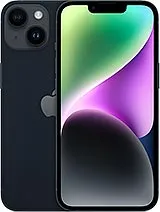


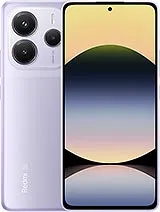
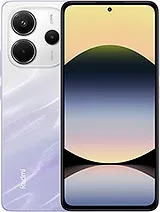
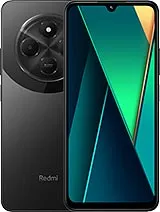
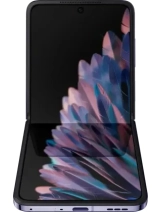 Honor Magic V Flip 2
Honor Magic V Flip 2
 Honor 400 Smart
Honor 400 Smart
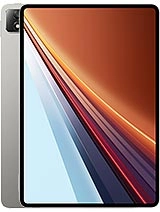 Honor Pad GT2 Pro
Honor Pad GT2 Pro
 Honor X7c 5G
Honor X7c 5G
 Honor Play 10C
Honor Play 10C
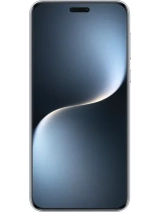 Honor Magic 8 Pro
Honor Magic 8 Pro